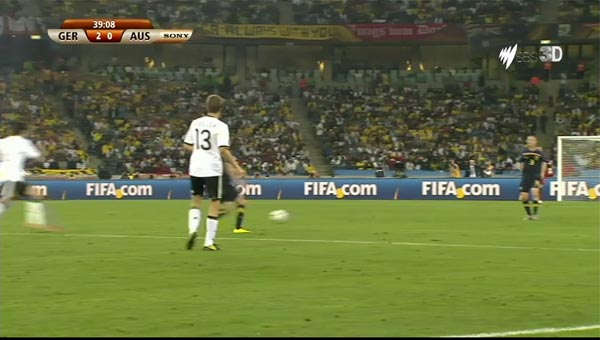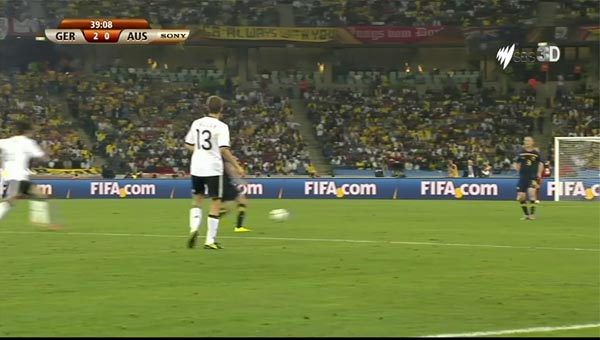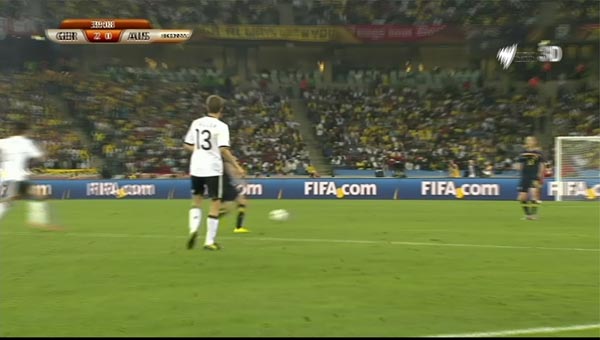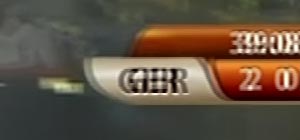[A version of this was published in Sound and Image magazine in 2010]
In one sense, the developers of Blu-ray 3D had it easy. They were allowed invent a new video standard, essentially doubling the amount of video data compared to standard Blu-ray. Sure, it meant new hardware, and therefore new Blu-ray player technology, but Blu-ray still hadn’t achieved mass consumer penetration, so the time was ripe to get it done. Only the Playstation 3, with millions installed around the world, could have led to problems, but Sony Computer Entertainment reckoned that its platform is versatile enough for a firmware upgrade to permit Blu-ray 3D playback.
So those developers could change the rules.
But they couldn’t change the rules for digital TV. Any increase in the amount of data transmitted means the subtraction of an equivalent amount from other services. People with access to 3D TVs are likely to remain a small minority for the next few years, so there was no way that the bandwidth devoted to large audiences would be redirected for this purpose.
So they had to work out some way of stuffing 3D video into an existing 2D format?
To find out how, I drilled down a bit into the 2010 SBS World Cup 3D broadcast of the drubbing of Australia by Germany. I also looked at the Channel 9 3D broadcast of the drubbing of NSW by Queensland in the Game 2 of the 2010 State of Origin League match, and this gave the same results.
The first thing to note with these is that they were broadcast using the MPEG4 format rather than the DVD-like MPEG2 which has been the standard since digital TV was introduced into Australia. This allows higher picture quality at any given bitrate, since it is a later codec than MPEG2 and rather more highly developed. In fact, the MPEG4 AVC, or H.264 standard, was formally specified in 2003, some eight years after MPEG2.
All Freeview equipment should cope with the MPEG4 codec without difficulty, and a great deal more equipment beside. For example, most Strong HD boxes over the past couple of years support this, as do Beyonwiz.
These football matches received pretty decent treatment. The average video bitrate for both matches was around 13.4 megabits per second. That’s low compared to Blu-ray (only a few discs have an even lower average video bitrate), but very solid for HDTV.
And, indeed, HDTV is what these are. The broadcast frames have a resolution of 1,920 by 1,080 pixels. And the audio in both cases was Dolby Digital 5.0 (ie. no LFE) at 384kbps.
I chose my words carefully in the last paragraph. I said that the ‘broadcast frames’ have full high definition resolution, but what you see is actually only half that resolution. That’s because in order to stuff two eyes’ worth of images into one frame, each frame is divided in half. Here is a frame from the World Cup:
As you can see, the left side and the right side of the frame have what appears at first glance to be identical content. In fact, they are slightly different angles of view at the same action. (I must confess to simplifying a little here. The original frame is actually heavily interlaced, but for clarity I have already deinterlaced it.)
If you watched this match tuned into the 3D broadcast, but with a regular TV, that’s precisely what you would have seen: two nearly identical images, side by side, with the content of each distorted so that things are unnaturally tall and thin.
A 3D TV has quite a bit of work to do to turn that into a 3D presentation. 3D TVs work by presenting the left and right images one after the other, not side by side, and using glasses that flash rapidly transparent and opaque to control which eye sees what.
So the TV first splits the picture into two, and then it horizontally scales the two frames to 200% width. The result is two regularly proportioned frames, but each with an effective resolution of 960 by 1080 pixels, rather than 1920 by 1080. That reduced horizontal resolution is the price we pay for having to work within the confines of an existing transmission system. Here are the two halves, suitably processed (left, top; right, bottom):
They still look pretty much the same, so let’s look at a clear difference: the score banner. Just to its left you will spot a small yellow rectangle. On close examination, it looks like it might be an illuminated ‘Exit’ sign on the stand. Zooming in on them, here they are side by side:
You can see how the banner and the sign are much closer to each other on the right side than the left.
Now let’s merge the two frames together so that they overlay one another:
This is what you’d see if you had a 3D TV, but weren’t wearing the 3D eyewear (the left and right eye images are flashing so rapidly, that they merge into a single image). Here is how that banner and the ‘Exit’ sign look combined:
Note how both the banner itself and the ‘Exit’ sign now both have ghosts, so that the left and right eyes would receive very different visual cues about them both. In fact, their ghosts are reversed. The right eye sees the banner more to the left, and the Exit sign more to the right. The left eye sees the banner more to the right, and the Exit sign more to the left. On a 3D TV, the banner looks close, and it floats in front of everything else. The Exit sign looks distant.
Look again at the total combined frame. There is very little ghosting on player number 13. He appears to be at some kind of ‘standard’ distance. Things further away are doubled in one lateral direction, things closer (especially the score banner) the other way.
So there you go. You get 3D over a 2D communications medium simply by surrendering half the resolution. Fortunately, since full HDTV is used as the carrier, you still end up getting 2.5 times the total resolution of SDTV.






